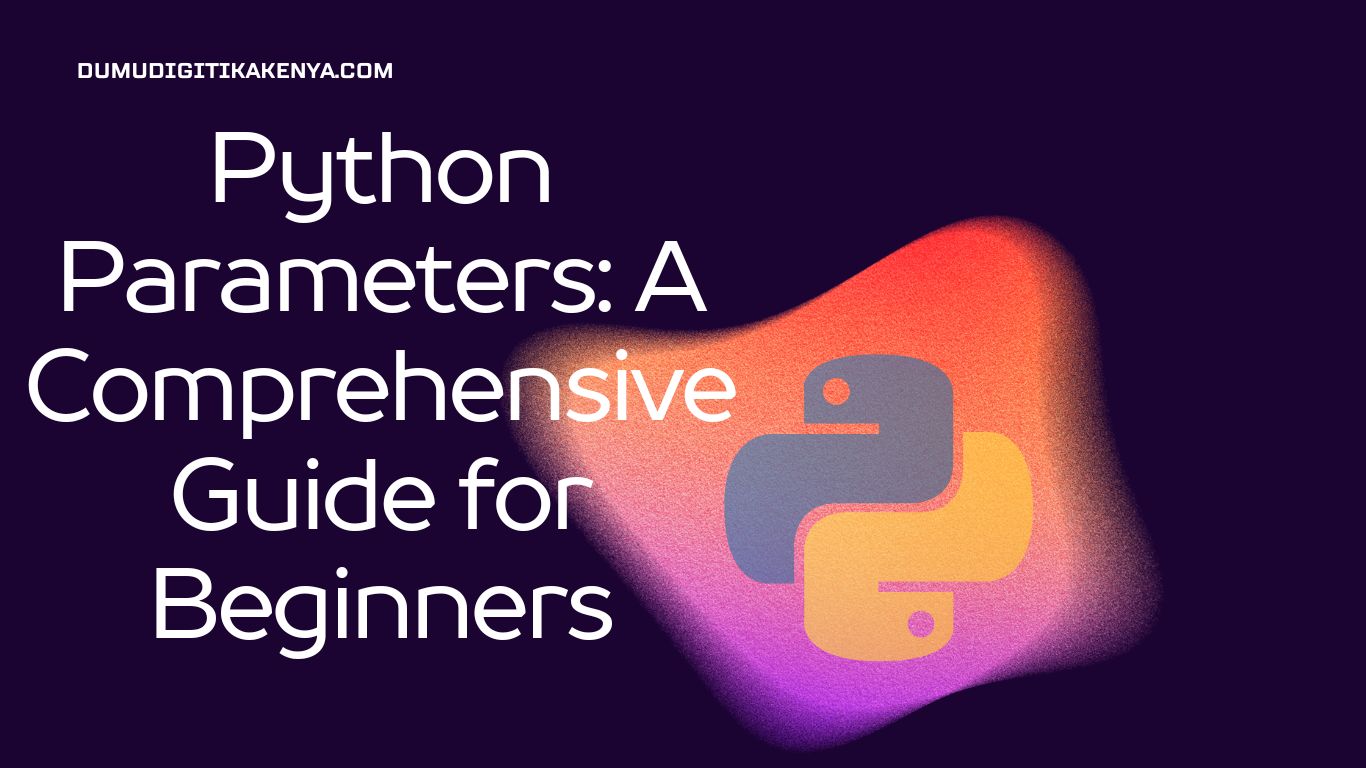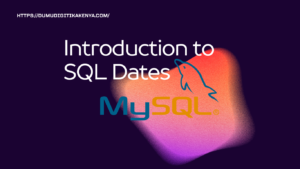Introduction To Python Parameters
Welcome to our comprehensive guide on Python parameters! In the world of programming, mastering the art of working with parameters is like having a versatile toolkit at your disposal. Our focus keyword, “Python Parameters,” is your gateway to understanding how Python functions can be customized and made more flexible through various parameter types.
In this article, we will unravel the core concepts surrounding Python parameters, including positional and keyword arguments, default values, and the powerful variable-length argument lists. Whether you are a beginner embarking on your coding journey or an experienced developer looking to refine your Python skills, this guide is designed to provide you with the knowledge and examples you need to harness the full potential of Python parameters. By the end of this tutorial, you’ll be equipped with the skills to write efficient and adaptable Python code, all centered around the fundamental concept of Python parameters. So, let’s dive in and explore the world of Python parameters together!
Let’s get started!

Table of Contents
1. Positional Arguments:
Positional arguments are the most basic type of parameter in Python. They are passed to a function in the order they appear in the function’s definition.
Explanation:
When defining a function, you specify the parameters it should accept. When you call the function, you pass values for these parameters in the same order.
Sample Code:
def greet(name, age):
print(f"Hello, {name}! You are {age} years old.")
greet("Alice", 30)Output:
Hello, Alice! You are 30 years old.In this example, “Alice” is assigned to the name parameter, and 30 is assigned to the age parameter.
2. Keyword Arguments:
Keyword arguments allow you to specify the parameter values by name, regardless of their order in the function definition.
Explanation:
Using keyword arguments can make your code more readable and less error-prone because it’s clear which value corresponds to which parameter.
Sample Code:
def greet(name, age):
print(f"Hello, {name}! You are {age} years old.")
greet(age=25, name="Bob")Output:
Hello, Bob! You are 25 years old.Here, we passed the arguments out of order, but since we used the parameter names, Python correctly assigned them to the corresponding parameters.
3. Default Values:
Default values are used to assign a default parameter value if no value is provided when calling the function.
Explanation:
This feature is handy when you want to make some parameters optional, providing a default value for cases where no value is supplied.
Sample Code:
def greet(name, age=18):
print(f"Hello, {name}! You are {age} years old.")
greet("Charlie")
greet("David", 22)Output:
Hello, Charlie! You are 18 years old.
Hello, David! You are 22 years old.In the first call, since no age is provided, it defaults to 18. In the second call, we explicitly set age to 22.
4. Variable-Length Argument Lists:
Python allows you to create functions that accept a variable number of arguments using *args and **kwargs.
Explanation:
*args: Accepts a variable number of positional arguments.**kwargs: Accepts a variable number of keyword arguments.
Sample Code:
def print_args(*args, **kwargs):
print("Positional arguments:")
for arg in args:
print(arg)
print("\nKeyword arguments:")
for key, value in kwargs.items():
print(f"{key}: {value}")
print_args(1, 2, 3, name="Eve", age=28)Output:
Positional arguments:
1
2
3
Keyword arguments:
name: Eve
age: 28In this example, *args collects the positional arguments, and **kwargs collects the keyword arguments.
Conclusion
In conclusion, this comprehensive guide on Python parameters has illuminated the path for both beginners and seasoned Python developers to grasp the significance of this fundamental concept. The mastery of Python parameters, encapsulated by our focus keyword “Python Parameters,” empowers programmers to create versatile and adaptable functions, enhancing code efficiency and readability. With the knowledge gained from this article, you can confidently utilize positional and keyword arguments, default values, and variable-length argument lists to craft Python code that truly meets your specific needs.
As you continue your Python programming journey, remember that Python parameters are a cornerstone of code customization. They enable you to build functions that gracefully handle various scenarios, making your code more robust and maintainable. So, whether you’re building web applications, data analysis scripts, or anything in between, the understanding of Python parameters will undoubtedly elevate your programming prowess. Embrace the power of Python parameters and unlock a world of coding possibilities!



